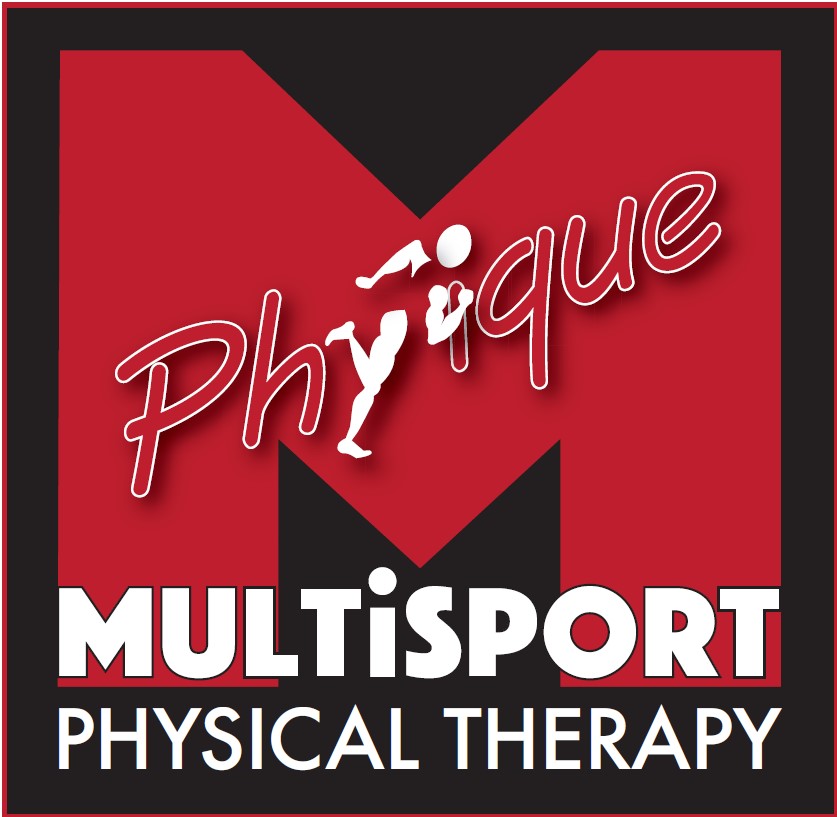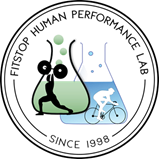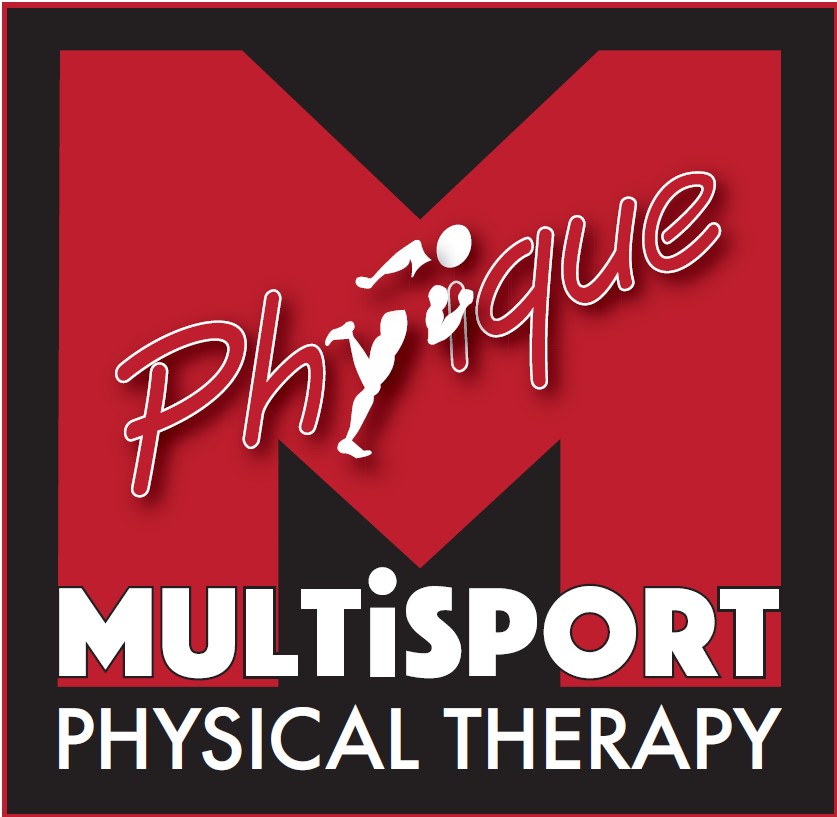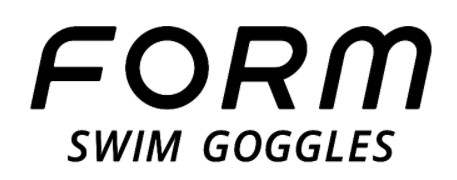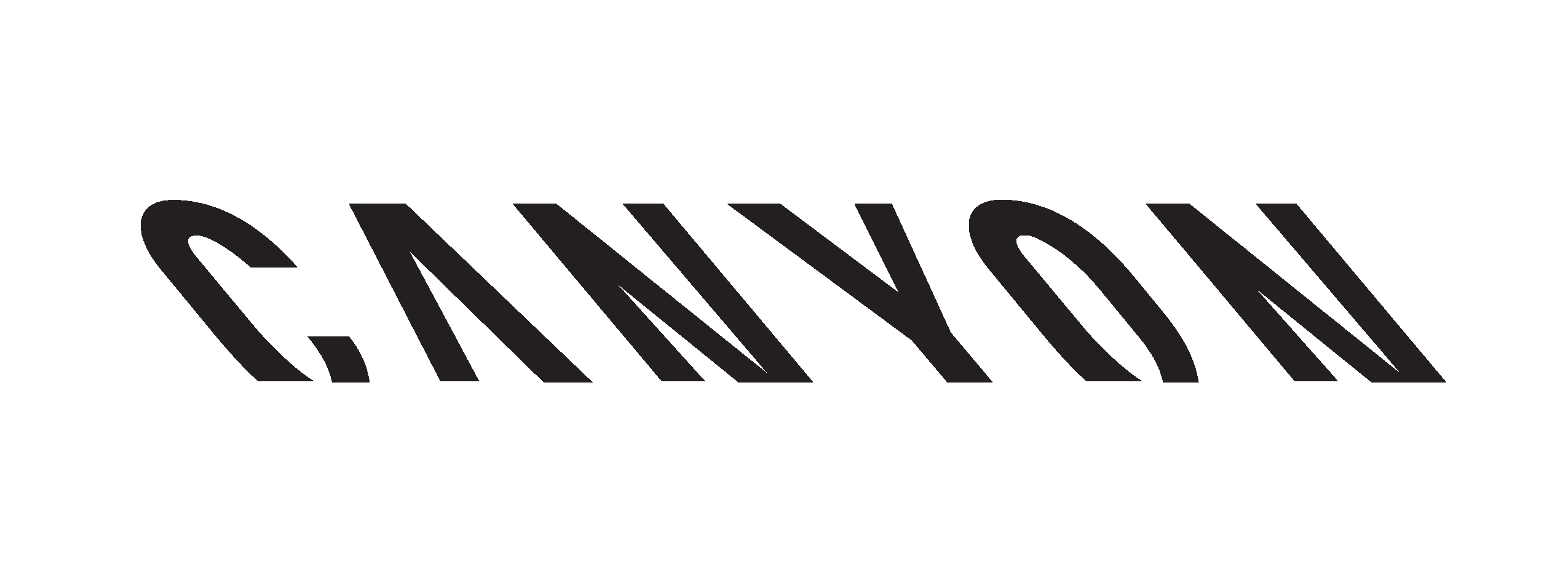Gerry Rodrigues: Building The Base
Following on from last month where we were building things up, we are now stepping things up and the sessions are getting harder. It’s time to add more volume and keep the speed. This is the time to step things up on your key workouts, preferably doing two or three of these each week. Each session counts and we’re into solid-state work. The body can handle this increased load when it comes to swimming. It’s not like running, and with half decent mechanics, the load can be increased without issue. You will be more fatigued but shouldn’t have any issues. It’s all about stress and recovery.
Now is the time to put your swim base into place. While it might seem daunting, it’s not so difficult once you get on with it. Plus, if you’re able to get three foundational sessions in, now is the time to do it. As we move into April and May (when the season starts to kick off) this third session could revert to a recovery session as biking and running are ramped up. If you can, add a third session with a little more goose-step now.
With regards to timing, it’s important to do your foundational/key swim sessions at the start of the day so they’re not compromised by any bike or run sessions. You can always have a good bike or run session following a swim session, but it’s near impossible to have a good swim session after a hard bike or run session in the same day. These key foundational swim sessions should also be 75-90 minutes long to get the biggest return for your effort.
Technique
While I mentioned that we will be upping the volume and keeping the speed, we will not be forgetting about technique. This is essential at every session you do. This is why we do lots of variations of pulling to keep this technique focused. While pulling it’s important to keep the head, chest hips and feet in a straight line in the water. To help with body position use a pull buoy along with a central snorkel. I also like to add an ankle band for part of this to help with the body tautness we spoke about last month. Keeping the body taut is essential for good open water freestyle.
I also like to add some band only work. This can be difficult because it feels like the feet are sinking and the body is coming to a halt. To combat this during band only intervals you have to engage the core and hold the body taut to stop the feet and legs from sinking. Band only work also helps to work on a fast turnover that will help to remove any dead spots from over-gliding. This might almost feel impossible to begin with, but things will get easier as your legs and feet sink less as you employ a taut body and fast turnover.
Breaking The Drill Myth
I never think it’s beneficial to tell people not to do something but I firmly believe there are traditional drills, many which have come from the world of pool swimming, that have little value to open water swimming for the triathlete. I can explain my reasoning for saying this. In fact, I have written a list of things ‘not to do’ in order to become a faster open water swimmer on my website (Tower26.com). I would like to take a couple of examples and explain my reasoning, so you can avoid these mistakes to become a faster open water swimmer.
Technique Doesn’t Resolve All
I hear about lots of coaches and swimming advisors saying that technique will solve all and using traditional drills can almost drill you to success. Often, people will do this and try to drill themselves to becoming a better swimmer. They spend six months working on their technique until they have a polished stroke. As a result, they might get a little better but they’ve given up opportunity, which means there’s opportunity loss, because without putting an appropriate emphasis on a proper training prescription and load, it doesn’t give the best return for time spent in the water.
When reading this please don’t get me wrong. I think technique is extremely important but it’s not as important as some people like to emphasise. There is a pretty large bandwidth for error and yet you’ll still be able to swim fast. Whether it’s age group or professional triathletes, or Olympic pool swimmers for that matter, you see some with a shabby or unorthodox technique, yet they still swim fast.
Don’t think working on technique solves all. There’s no substitute for the time investment of hard proper prescription training. Mastering the technique offered by learning these drills is not the single answer to becoming a faster swimmer. There’s a lot of room for margin of error.
Don’t Ignore Using An Ankle Strap Or Snorkel
The ankle strap and central snorkel are two really important swim tools. Incorporate these in both your warm up and main sets to get a good return. There should be a certain amount of pulling in every session at this time of year. Add a pull buoy as well because together these are great pulling tools that will improve your swimming.
At Tower26 we don’t do these traditional drills. It is far better to use a central snorkel with a pull buoy and the ankles tied up to learn to swim with the body taut and in a straight line. Keep the head, chest, hips and feet all in line. This is far better than any other drill you can do because this is laying down the foundation for a good straight body. This is not even a drill in the traditional sense because you are accomplishing some swimming at the same time.
Don’t Do Sculling
This is possibly the single worst drill a triathlete can do. This is a drill that is in the swimming genre but for the triathlete, regardless of ability, has little application. There is some value for the really good swimmers in triathlon, usually from a swimming background, but for most this drill has little value. Most triathletes aren’t aquatically developed enough to get anything from this because it completely destabilises their body, and what we are trying to achieve is a stable body. Therefore to do a drill that further destabilises the body has no value, and I have seen this screw up more strokes than it has helped. Until triathletes are swimming under 55 minutes for 3.8K this drill should to be ignored.
I also hear many swimmers, who do drills or have done drills, don’t fully understand why they are doing them in the first place. This makes them an even bigger waste of time because it becomes harder to apply when there is no reasoning. Most traditional drills come from the world of pool swimming. Take catch-up drill for example which slows turnover down and adds glide. In open water, typical of most triathlon events, this is not the sort of stroke you want. It’s not beneficial to the triathlete and their swimming environment.
The triathlete doesn’t have the time budget of the pool swimmer who typically swims upwards of 20 hours per week. Triathletes typically have two to five hours per week to spend on swimming. The question has to be what’s going to be most beneficial within my time budget? For example, is listening to Michael Phelps swim coach beneficial? While it is extremely interesting, it’s not going to be beneficial for most triathletes because it has no application in the triathlon space.
Don’t Breathe Every Third Stroke
The person who breathes every third or fourth stroke will take a big breath because they are taking a breath every third or fourth stroke. If you breathe every two strokes it’s easier to regulate the intake of air. There is some merit in breathing every third stroke (known as bilateral breathing where you breathe to alternate sides) in your warm up. This offers 30-45 minutes of bilateral breathing, which for many is a good way to provide balance to their stroke, but once we get to the main set or during a race we should revert to breathing every second stroke.
We can breathe to each side during a main set or race, but you need to breathe every second stroke for six or seven strokes to one side before switching. This will help to provide balance. In the pool you might want to alternate lengths of breathing to one side so you are familiar and happy with breathing to either side. The reason for this is that come race day you might only be able to breathe to one side because of the water conditions or the sun shining in your eyes.
Any time you are holding your breath for longer than necessary – anything above every second stroke – you are starving the body of oxygen. You don’t hold your breath when you’re running or cycling, so why do so in the water? When running, most runners will breathe 40 times per minute. Most elite triathlon swimmers have a cadence rate of 80 to 100 strokes per minute. If they are breathing with a cadence of 80 that means they are breathing 40 times per minute when breathing every second stroke. Compare this to a less talented swimmer, who typically swims 1:05 or slower for 3.8K, and typically has a cadence of 60 strokes per minute. If they breathe every third stroke they get 20 opportunities per minute to oxygenate their body. With oxygen as the number one source of fuel for the body this doesn’t add up.
It doesn’t matter what magic drink you have on the bike you are taking from the body. This means that regular breathing every second stroke is essential. If you’re breathing every third stroke the effort level also slows because the swimmer has to make that breath last until they get to third stroke. The muscles are still working but they’re not getting the same supply of oxygen. Ultimately, breathing every third stroke or higher will result in a slower swim time. Breathing every third stroke comes from traditional pool swim training; it’s of low value to the triathlete and definitely not for those with low cadence stroke rates and tougher open water swims found in triathlon.
Read more at http://triathlete-europe.competitor.com/2014/04/28/gerry-rodrigues-building-the-base#cA3jiS8RI2yHYROx.99





